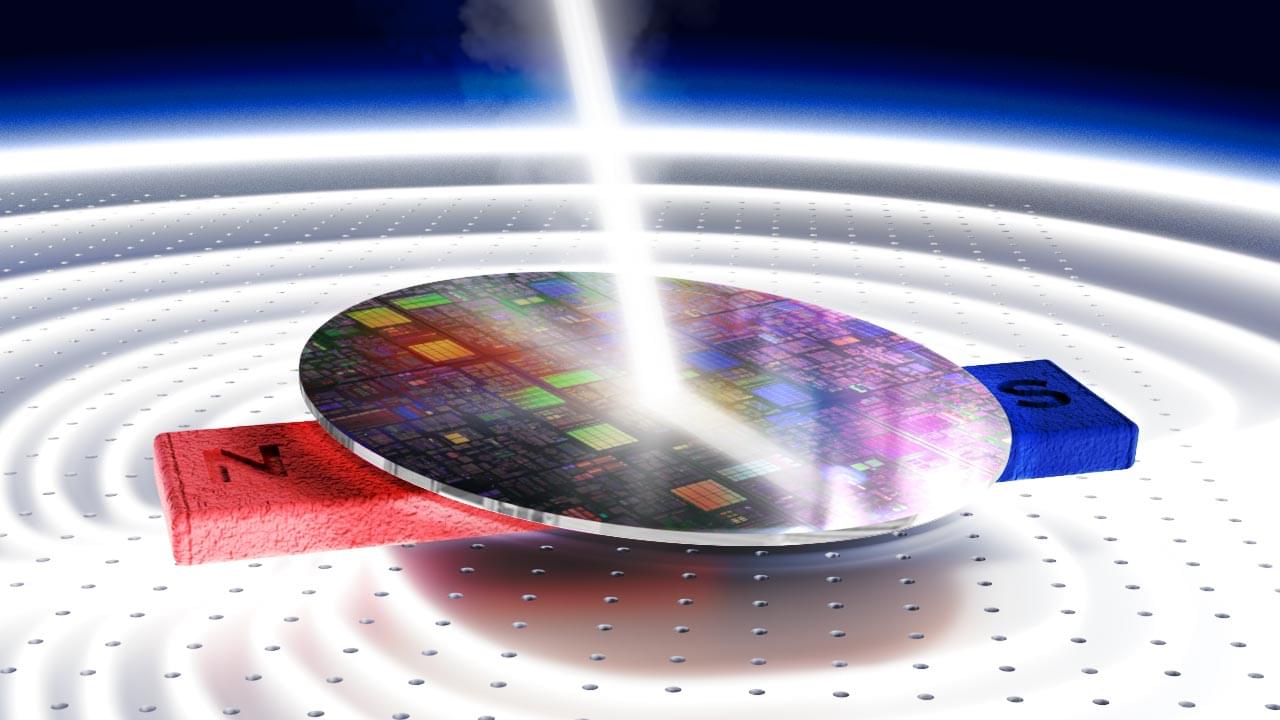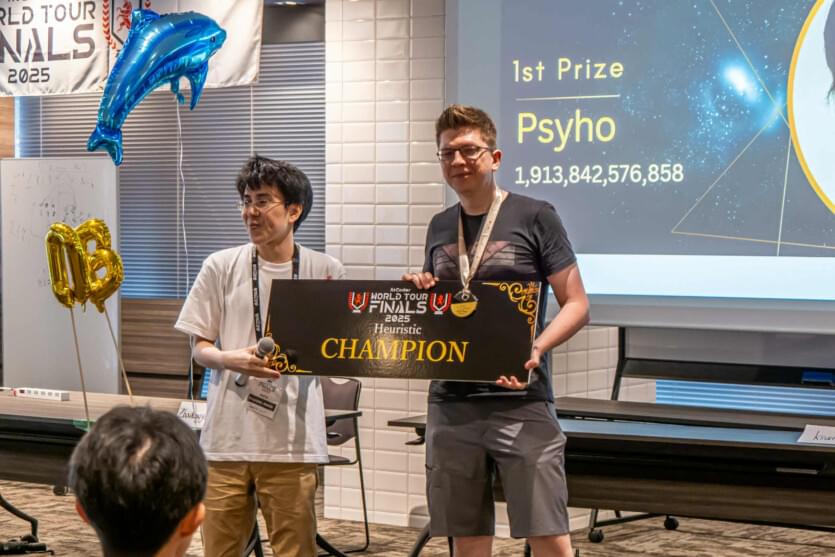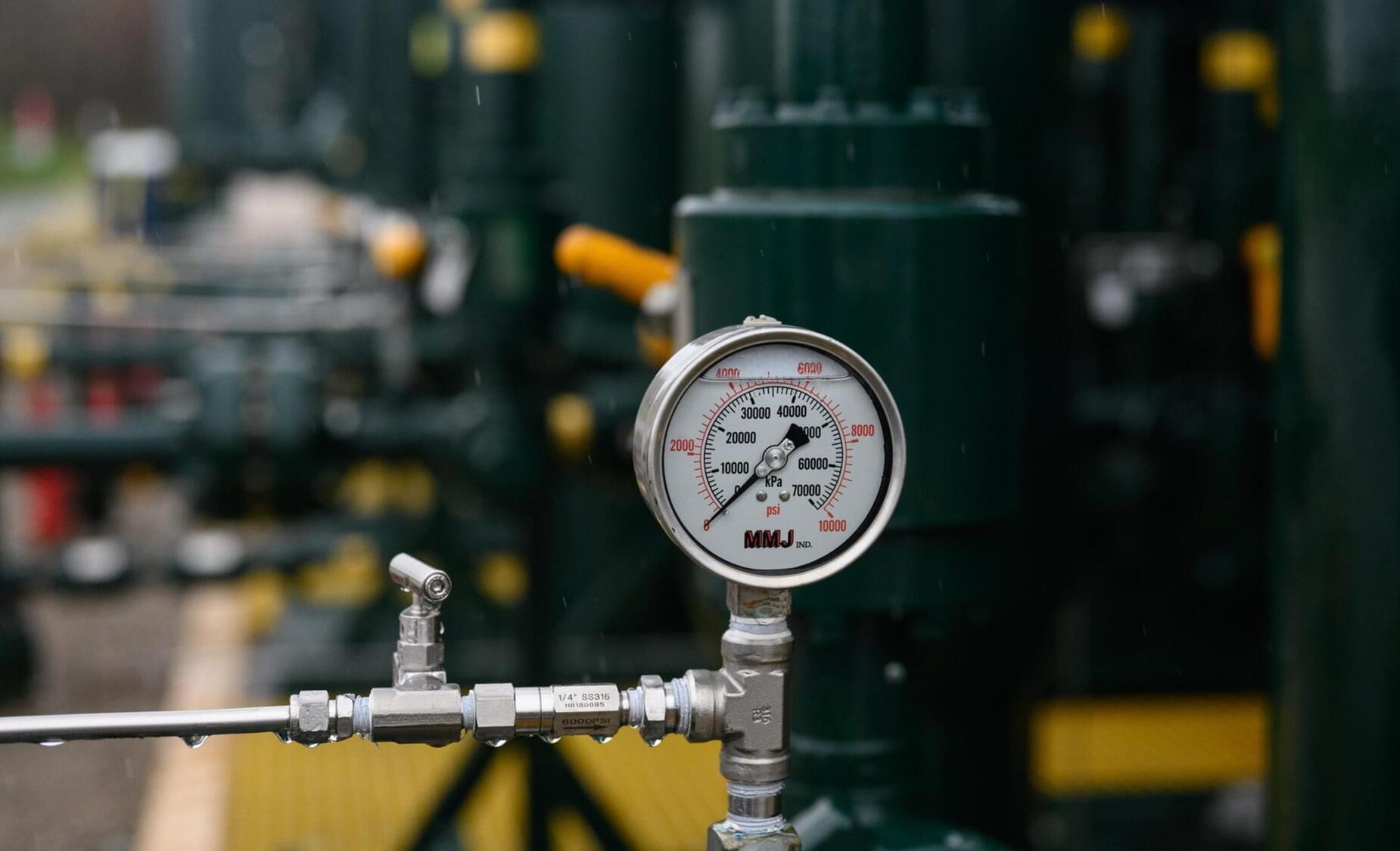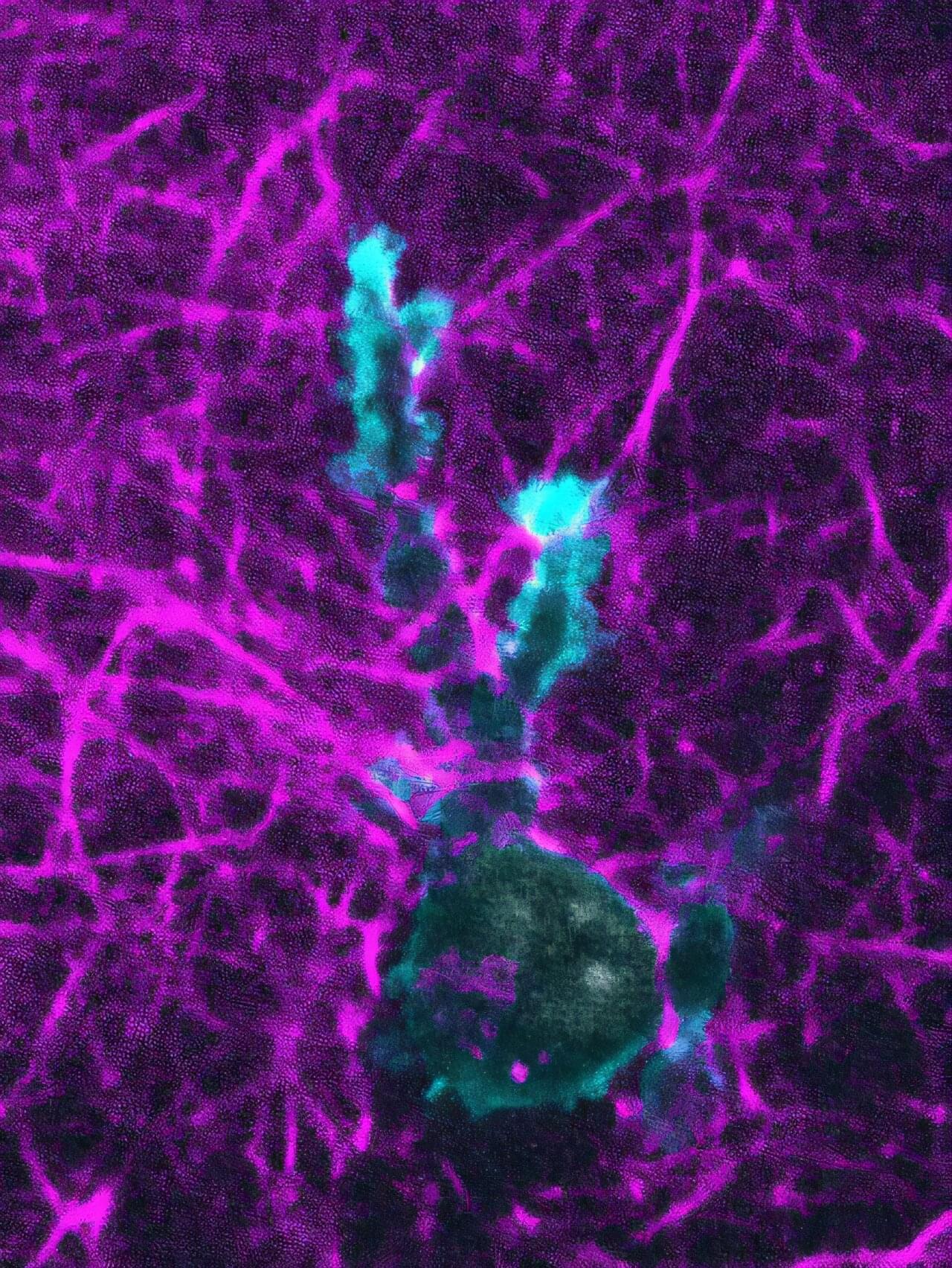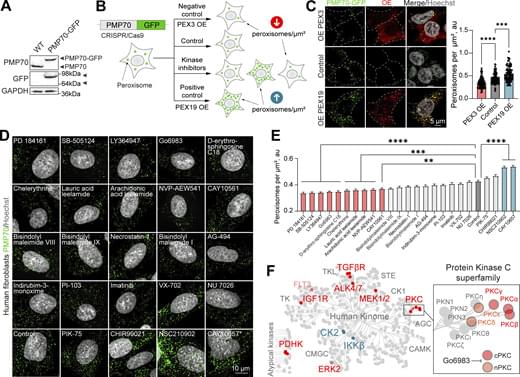Following on from their breakthrough human trial that successfully reprogrammed the immune system to overpower glioblastoma, an aggressive brain tumor, the same scientists have now further developed the mRNA vaccine to fight not one but any cancer. It has the potential to do away with chemotherapy, surgery and radiation treatment.
University of Florida (UF) scientists have developed an experimental vaccine that dramatically boosts the immune system’s ability to fight tumors – even without targeting a specific cancer type. This “general purpose” mRNA jab works in a similar way to a Covid-19 vaccine but with a different target; it instructs the body’s immune cells to rally and hit any kind of tumor in the same way they would attack a viral spike protein.
“This paper describes a very unexpected and exciting observation: that even a vaccine not specific to any particular tumor or virus – so long as it is an mRNA vaccine – could lead to tumor-specific effects,” said Elias Sayour, a pediatric oncologist and principal investigator at the RNA Engineering Laboratory at UF. “This finding is a proof of concept that these vaccines potentially could be commercialized as universal cancer vaccines to sensitize the immune system against a patient’s individual tumor.”


